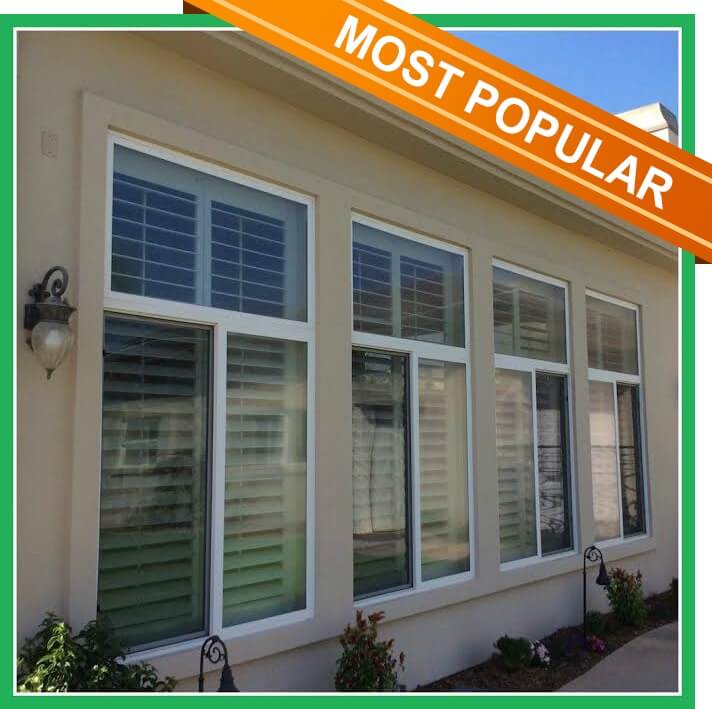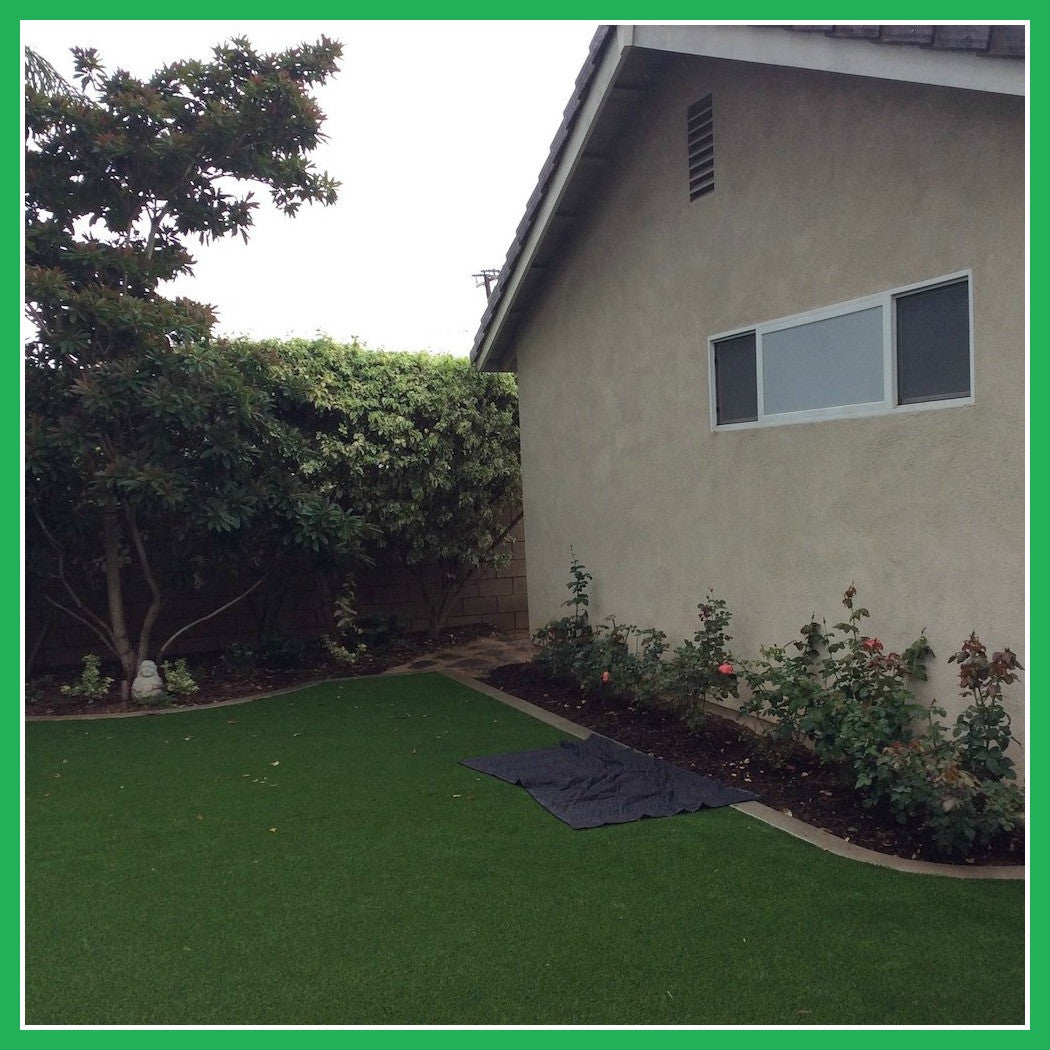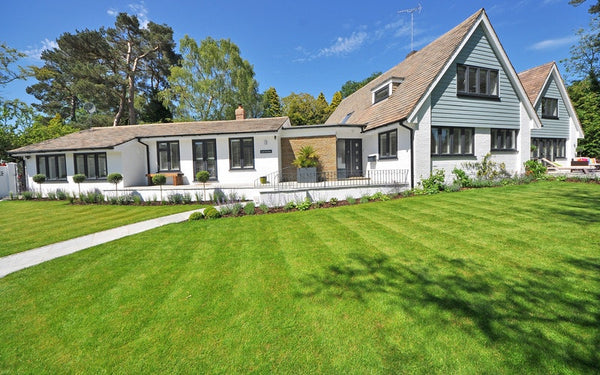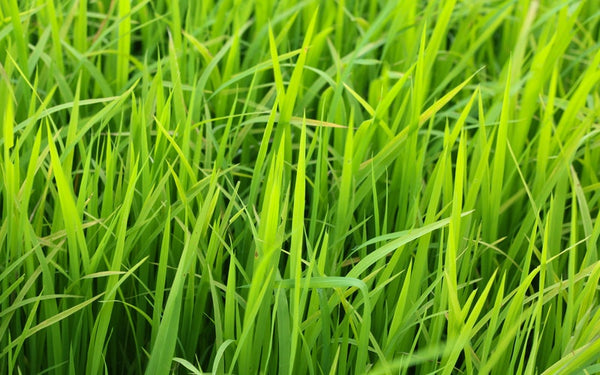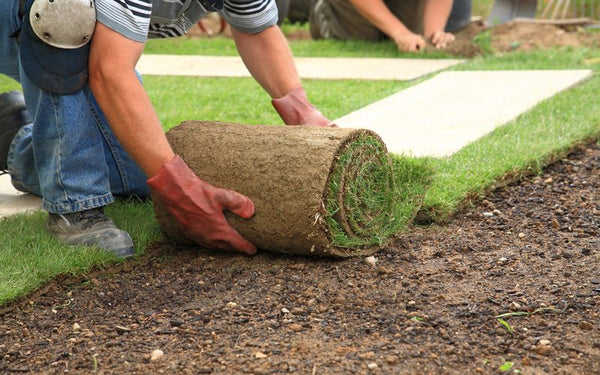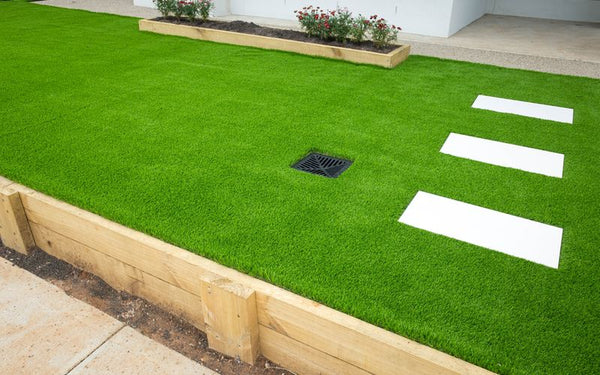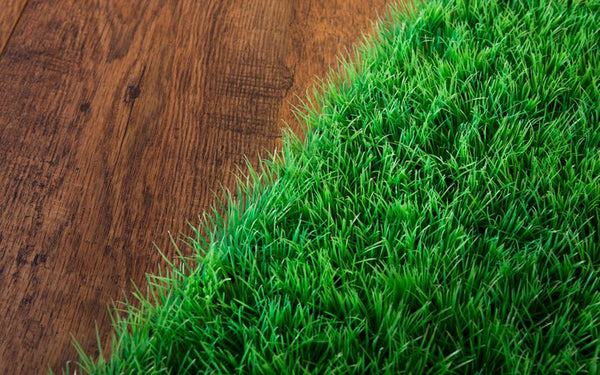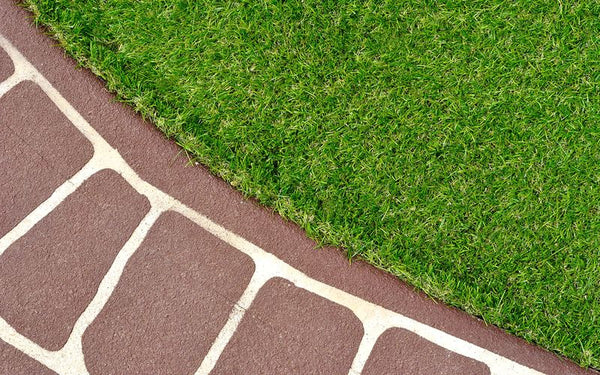Repairing melted vinyl siding is the only option you have if you have experienced this problem. If you know how to repair your melted vinyl siding in the right, cost-efficient way, you won’t have to spend more on labor and material replacement for siding renovation because you can do it yourself.
The truth is that a lot of homeowners and new home seekers prefer vinyl as a material for their siding. It is less expensive than other materials like bricks and wood. Moreover, the vinyl siding lifespan can last up to 50 years with proper maintenance.
However, the benefits of using the vinyl material come with a drawback. Melting vinyl siding has been a problem for homeowners. It makes your house looks unappealing. It also makes your house susceptible to molds and moisture once the weather gets colder.
The normal vinyl melting point ranges from 160 to 165 Fahrenheit. In other words, your vinyl siding will start to melt once it reaches to its melting point. Even if your vinyl siding is not located under the direct sunlight, the reflection of the sun coming from an energy-efficient window or double paned window can melt your vinyl siding.
Once you see that the coating of your vinyl starts to form bubbles, then you have to take action before its condition becomes worse. Repairing melted vinyl siding is easy. All you have to prepare are some extra stacks of vinyl siding, Velcro tape, and some hardware tools like the zip tool.
Prevent the Heat Source from Destroying your Vinyl Siding
Repairing melted vinyl siding successfully includes further prevention after fixing it. Even if you’ve managed to replace your damaged vinyl siding, you have to prevent the main culprit of the problem from destroying your vinyl siding again or all of your hard work in replacing your vinyl will go to waste.
If the sun reflection is coming from the window of your own house, you can use a screen to lessen its heat emission. Use a Velcro tape to affix it on your window. On the other hand, if the reflection is coming from your neighbor’s window, you can plant a tree or put anything that can block the window’s reflection.
Replace the Vinyl Siding
There is an easy and cost-efficient way on how to replace vinyl siding. The first thing to do is to determine the damage areas and the joint where the damaged siding is attached. Pull the damaged siding through the joint by using your hand and pull out the nails. After that, completely remove the damaged vinyl siding.
Measure the length of the damaged siding you removed and apply the measurement to the new siding.Slide the new piece of siding and pushing it up until the lip locks snap to the piece where it will be attached.
Use aluminum nails to attach the siding. Hammer the nails from 12 to 16 inches apart.
Now, snap the replacement to the piece where it will be attached using the zip tool.
The only problem that you may encounter is that it may be difficult to find matching colors and style. On the whole, repairing melted vinyl siding is easy.
You just have to remember to prevent the sun glare from destroying your vinyl siding again by using Siding Guard Window Film.

